
Soil Health & Fertilization
We unite suppliers and green industry professionals worldwide
Quinoa is more than just a flash in the pan as the new health food; it is a resilient yet versatile crop with a rich cultural history and gigantic agricultural potential.
By Victor Miller
|Published on September 25, 2025
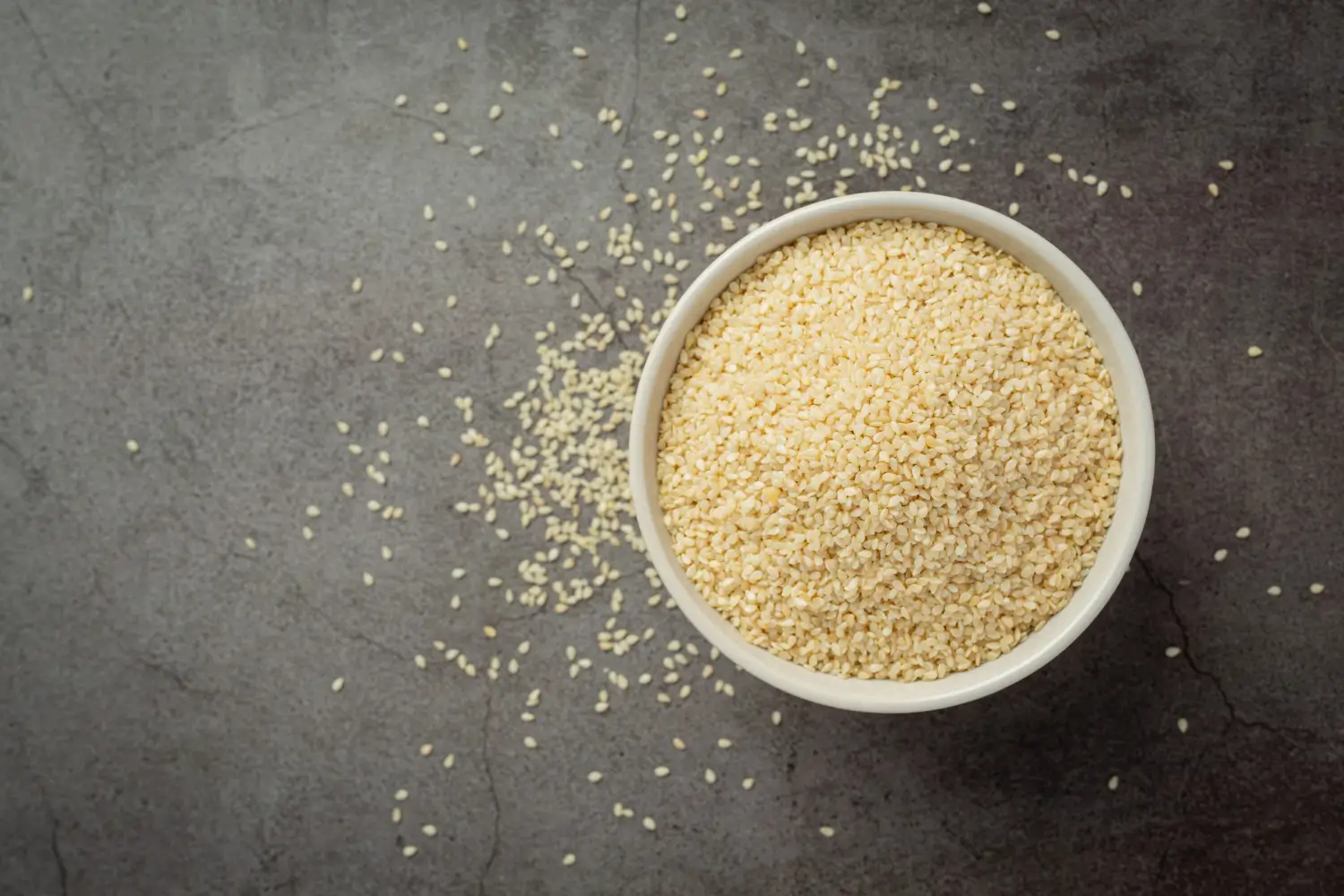

Quinoa (Chenopodium quinoa) has developed into a global symbol of a super-nutritious and healthy pseudocereal. Although commonly mistaken as a grain, quinoa is the seed of a flowering plant in the Amaranth family. Originally a crop of the Andes Mountains of South America, quinoa has a 5,000-year history of origin and cultivation with the Incas, regarding the crop as the “Mother of All Grains”. Nowadays, quinoa can be cultivated in all parts of the world as it is resilient, features a unique nutritional value, and suits a wide range of weather conditions.
The rise in popularity of quinoa is due to its two-fold nature, as a superfood of high protein, fiber, and essential amino acid content, and as a resilient crop that may be grown in harsh conditions with little water. Quinoa can be used in salads, porridges, baked goods, or it can be used as a substitute for rice; as such, it is an agricultural and culinary treasure.
| Scientific Name | Chenopodium quinoa |
| Common Names | Quinoa, Inca Wheat, Mother Grain |
| Family | Amaranthaceae |
| Genus | Chenopodium |
| Species | C. quinoa |
| Origin | Andes mountains (Peru, Bolivia, Ecuador, Chile) |
| Cultivars | Popular cultivars include Real, Kaslala, Titicaca, and Red Head. |

September 25, 2025
9 minute read
September 24, 2025
9 minute read
September 23, 2025
10 minute read
September 22, 2025
9 minute read


Join as a seller and connect with thousands of B2B buyers nationwide!
Sign Up
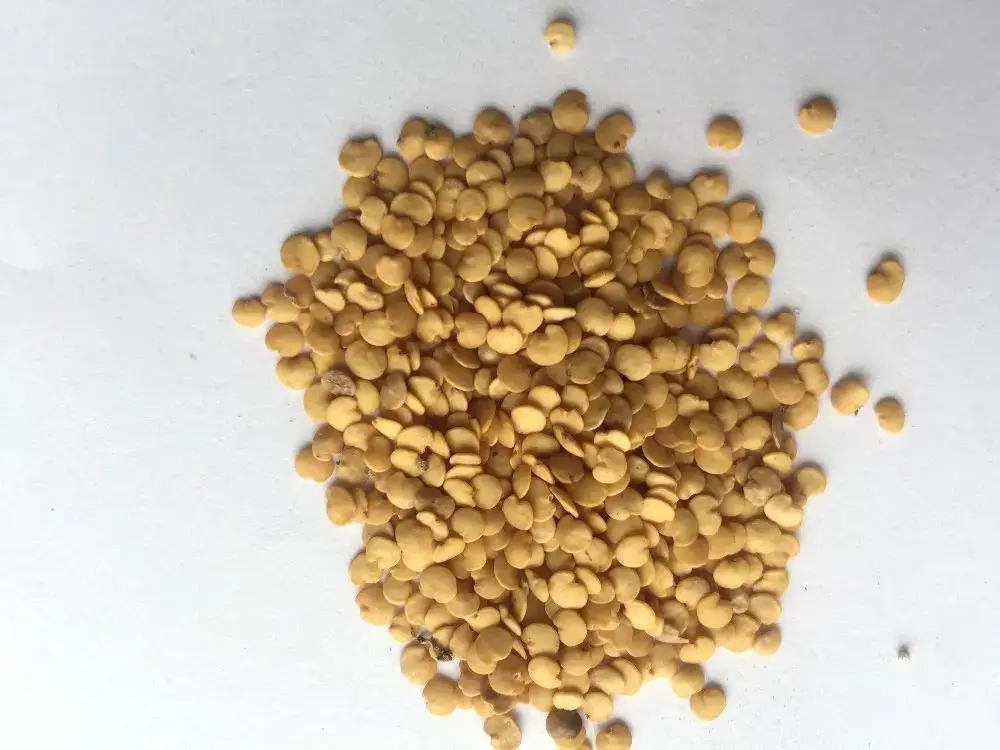
Eggplant
Aubergine (Solanum melongena) is a favorite vegetable that also has deep purple skin and creamy, smooth flesh.
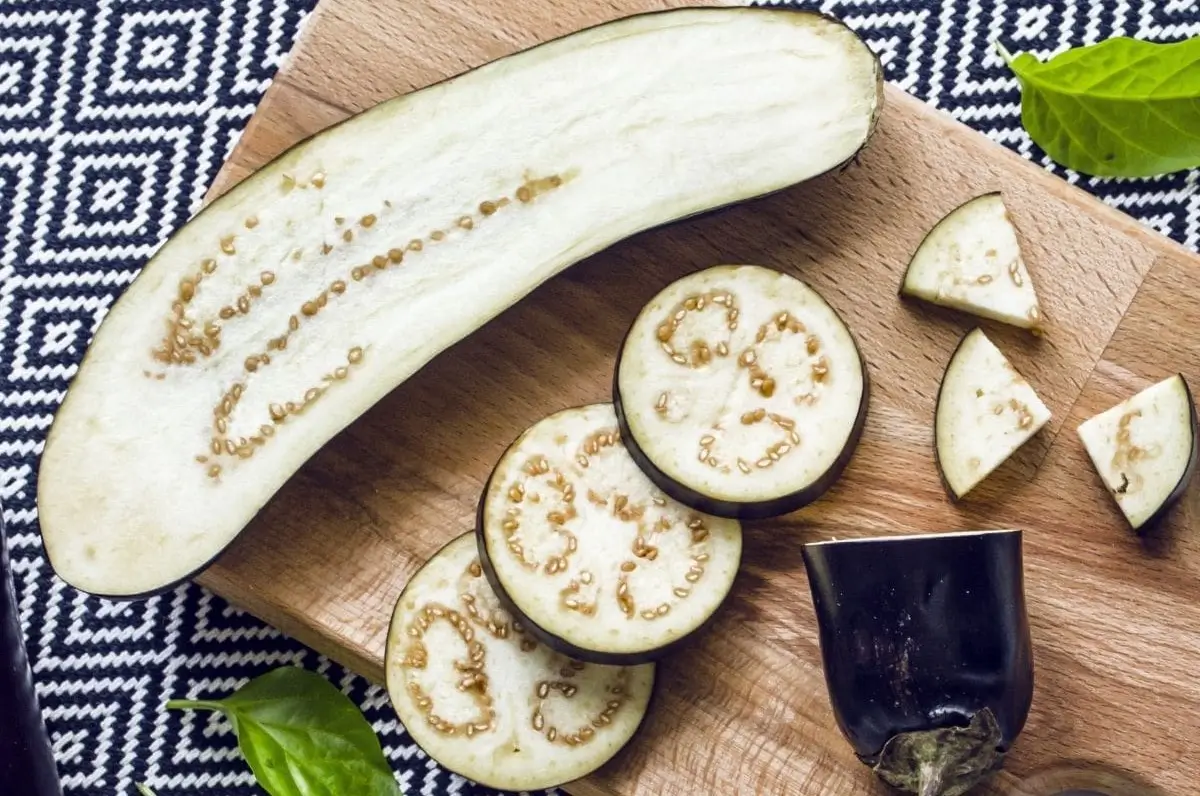
Eggplant Italian
Italian eggplant is a healthy, nutritious, and low-maintenance vegetable that grows well in warm and sun-drenched regions
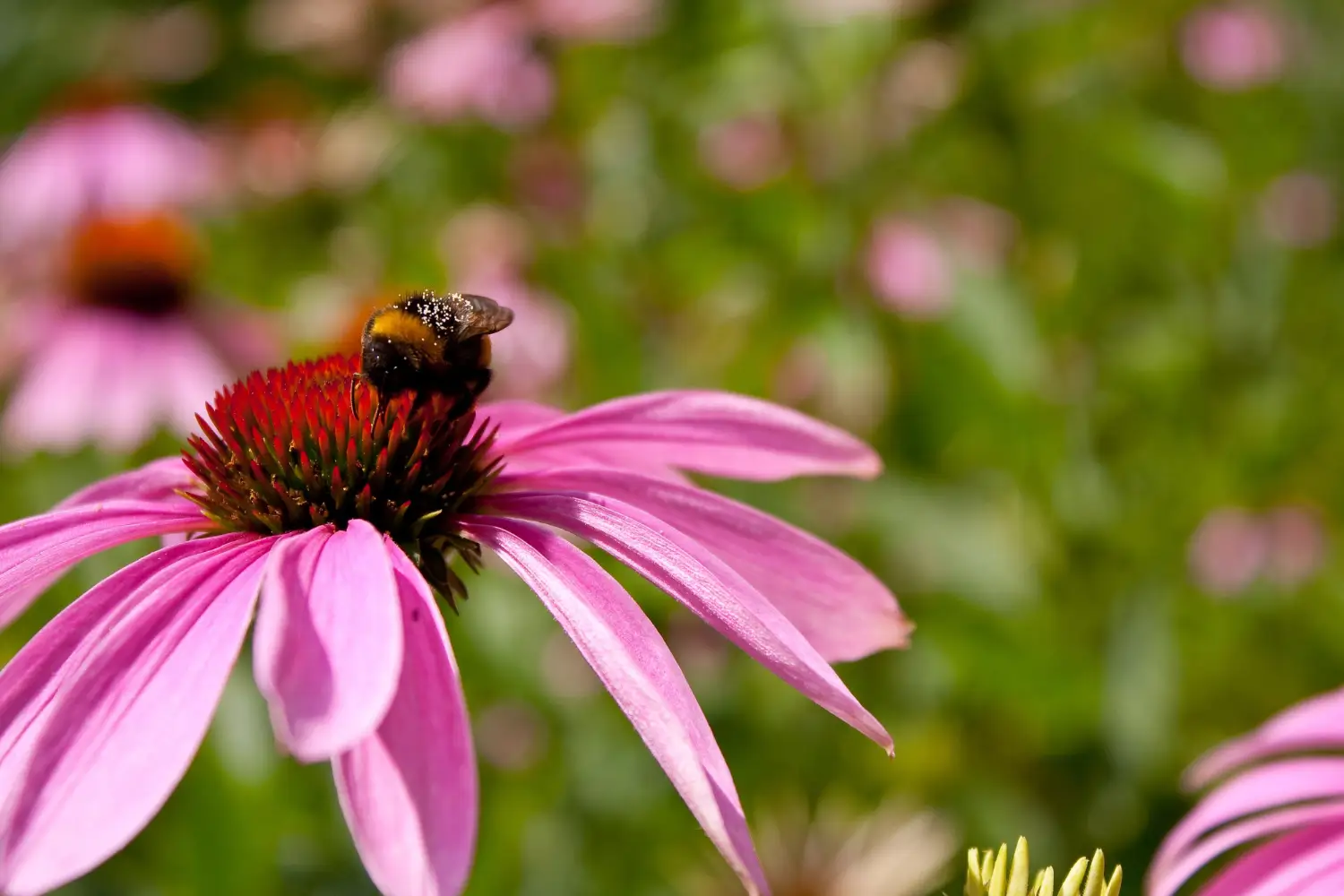
Echinacea
Echinacea is a vibrant and hardy flowering plant known for its bright, colorful blooms and distinctive charm.
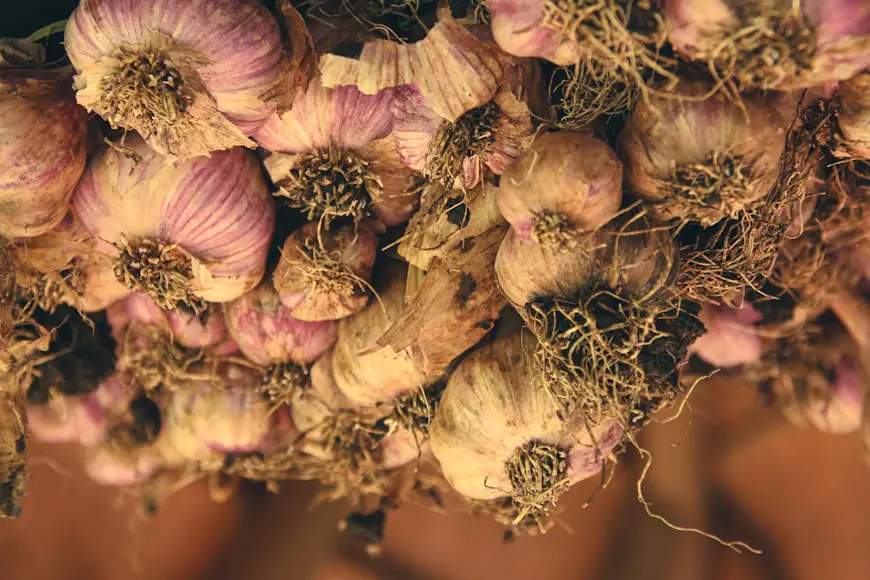
Garlic
Garlic, one of the oldest cultivated plants, is extensively used as a flavor boost for cooking and for its medicinal properties. Garlic is a favorite addition to kitchens everywhere as it has a robust flavor and adds great health benefits as well.
Quinoa is a special kind, both in its outlook and versatility.
Quinoa has value in terms of nutrition, food, and farming.
Food and Nutrition
Health Benefits
Quinoa generally grows well in a wide variety of environments, particularly in those conditions favorable to the crop:
Quinoa seeds are small in size but unique.
Germination is successful when you pay attention to the environment:
Quinoa seeds are both highly nutritious and notably resilient, and can retain their viability and vigor for several years when kept under favorable circumstances.
Quinoa is most usually grown directly as seeds.
Quinoa is mostly robust, although it can be threatened:
Seed viability and food safety will be guaranteed with appropriate storage.
Quinoa is more than just a flash in the pan as the new health food; it is a resilient yet versatile crop with a rich cultural history and gigantic agricultural potential.
They grow rapidly in the ground, and those seeds are really growable, storable, and prepareable, so it is good to have a source for both farmers and home gardeners.
Quinoa matures in 90–150 days, depending on variety and climate.
No. Quinoa is relatively low-maintenance, provided it has well-drained soil, full sun, and protection from birds.
Yes, but extreme heat during flowering may reduce yields. Some lowland cultivars are bred for warmer areas.

Soil Health & Fertilization
Victor Miller

Pest Identification & Prevention
Victor Miller

Lawn Care Tips & Maintenance
Victor Miller

Soil Health & Fertilization
Victor Miller

Smart Irrigation Systems
Victor Miller

Patios, Walkways & Driveways
Victor Miller

Soil Health & Fertilization
Victor Miller

Pest Identification & Prevention
Victor Miller
My Account
Our team is always here to help.
We are open Monday - Friday, 9:00 AM to 4:30 PM PST.